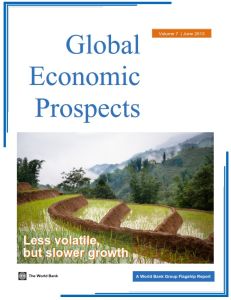
Recommendation
Economists Andrew Burns and Theo Janse van Rensburg and their World Bank colleagues present a lengthy, detailed, first-rate report on global economic conditions now and into 2015. They organize information by topic and region – augmented with clear text, graphs, tables and charts – to present an in-depth look at global prospects. Their research indicates that the economic storms of 2008 are over, leaving most countries on stable, if somewhat slippery, footing. Many developing nations still need simplified financial rules and improved infrastructures. The immediate future promises lower commodity prices and continued anemic euro-zone growth. Meanwhile, the threat of violence in the Middle East offers significant risk, and deficit and debt issues in Japan and the US pose potential hazards. getAbstract heartily recommends this lucid summary to businesspeople, financiers, entrepreneurs and investors, especially those engaged in global businesses.
Summary
About the Authors
Lead economist Andrew Burns manages the Global Macroeconomic Team in the Development Prospects Group at the World Bank, where Theo Janse van Rensburg is a senior economist.








Comment on this summary